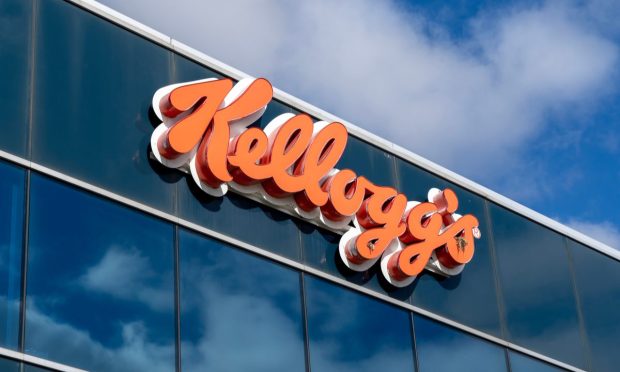Kellogg and Kraft Heinz Use New Data Capabilities to Compete With Private-Label Brands

As major food brands face increased competition from private-label and discount products, they are leveraging consumer data to get highly targeted in their marketing, maintaining loyalty and reaching new customers.
Michigan-based multinational food manufacturing firm the Kellogg Company shared on a call with analysts Thursday (May 4) discussing its first quarter 2023 earnings results that the capabilities that eCommerce and other digital technologies have unlocked make it possible for the firm to personalize its marketing in a way that was never possible before.
“The whole world of marketing has changed like it never has before,” CEO Steve Cahillane told analysts. “The true promise of one-to-one marketing that we’ve been talking about for so many years is upon us with data and analytics more sophisticated than they’ve ever been. First-party data [is] more robust and more available than it’s ever been to really target consumers in a way that marketers have dreamed up for years. … It’s a new morning, and it’s, I think, a very promising outlook.”
Cahillane noted that, in Europe, the company has seen “a little bit more private-label growth” and a shift toward “high discounters,” making it all the more necessary for the food giant to find ways to communicate with consumers.
Chicago-based global food giant Kraft Heinz, too, is honing its data capabilities, as the company shared on its own earnings call Wednesday (May 3) discussing its Q1 earnings results.
“[We are] creating ownable agile revenue management tools that actually allow us to improve the returns of our promotions,” Carlos Abrams-Rivera, Kraft Heinz’s executive vice president and president of North America Zone, told analysts. “So, for example, we have a trade management system that we created in-house, and it gives us real-time access to essentially over 10,000 promotional events.”
Data-informed promotions can be key, given the rise in deal-seeking behavior among grocery customers. Data from “Consumer Inflation Sentiment: The False Appeal of Deal-Chasing Consumers,” for which PYMNTS surveyed more than 2,100 U.S. consumers in February, indicated that 44% of grocery shoppers are deal chasers, willing to go wherever they will get the best price.
Coupons now play an important role in shopper satisfaction. Research from the “2023 Global Digital Shopping Index,” a PYMNTS and Cybersource collaboration, which drew from surveys of more than 13,000 consumers across six countries, revealed that 80% of U.S. shoppers who used coupons were very or extremely satisfied with their experience. In contrast, only 60% of those who did not use coupons said the same. Plus, the study found that 42% of shoppers considered coupon use to be highly important when choosing merchants.
As advertisers consequently look to step up their couponing activity, grocers are taking advantage of the opportunity, amid inflation, to seize on a new source of revenue — marketing their shopper data to brands. In recent years, retailers such as BJ’s Wholesale Club, Ahold Delhaize, Kroger and others have been launching and/or expanding their in-house retail media networks, and aggregator Instacart has been doing the same.

